
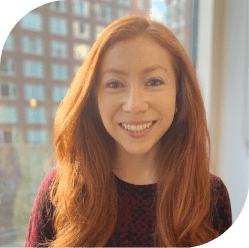
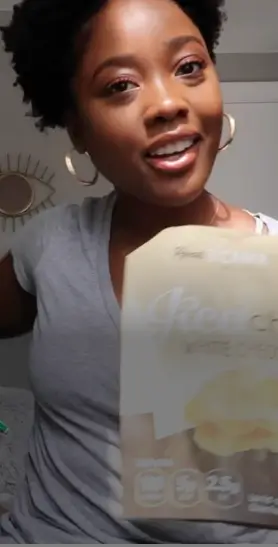
Find foods you can eat.
Low FODMAP Grains and Pulses
Published on October 20, 2022While following the elimination phase of the low FODMAP diet, many gluten-containing grains are off the table, which can make grocery shopping feel like a dauting task. Thankfully, the Fig app is here to help you navigate and find plenty of suitable low FODMAP grain options to choose from.
When it comes to grains and the low FODMAP diet, it is a common misconception that the low FODMAP diet is strictly gluten-free. Gluten itself is not high FODMAP; however, many grains that happen to contain gluten like wheat, barley, and rye are also high in a type of FODMAP called fructans. Fortunately, there are a number of tasty and versatile low FODMAP grains that can replace these high FODMAP options. Read on to learn which grains are low FODMAP and in what portion sizes, and to discover some products that are suitable for those following the low FODMAP diet.

Lentils and FODMAPs
Lentils are referred to as pulses, which are edible seeds harvested from a legume plant, and technically considered a type of grain. While larger portions of lentils are high in a type of FODMAP called galactooligosaccharides (GOS) as well as fructans, this doesn’t mean you have to avoid lentils entirely while following the low FODMAP diet. Canned lentils and red lentils that are boiled from their dry form are considered low FODMAP in portion sizes of ¼ cup or less. For canned lentils, be sure to give them a good rinse before eating. FODMAPs are water-soluble, so rinsing away some of the liquid they’ve been sitting in will help to remove some of the GOS. Green lentils and French lentils (also called “Le Puy lentils”) that are boiled from their dried form, are higher in FODMAPs. Therefore, the low FODMAP portion size is just 2 tablespoons cooked for these varieties. Here are some low FODMAP-friendly lentil options to try in small portion sizes:
Westbrae Natural Organic Lentil Beans
Simple Truth Organic Lentils
Bob’s Red Mill Red Lentils
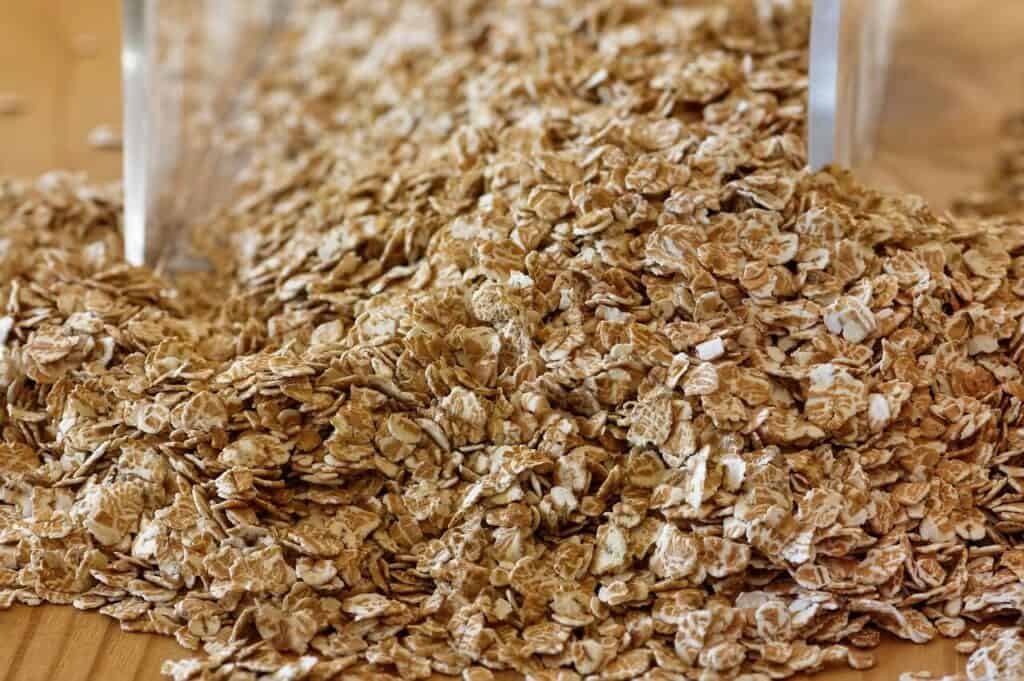
Oats, oatmeal and FODMAPs
Oats are a nutritious grain rich in a type of fiber called soluble fiber. This fiber feeds beneficial gut microbes to support a healthy gut microbiome and may also aid in bowel regularity, among many other health benefits.
Dry, uncooked rolled oats are low FODMAP in portions of ½ a cup or less. Quick-cooking oats, oat groats, and steel cut oats are low FODMAP in smaller portion sizes of ¼ cup or less. While all types of oats originate from the same grain, each variety differs in its level of processing. Oat groats undergo the least amount of processing and contain all parts of the grain, including the germ, endosperm, and bran. Steel-cut oats are similar to groats, but are cut up into small pieces with a steel blade. Rolled oats are oat groats that have been steamed and rolled into flat flakes to reduce cooking time. Quick-cooking oats undergo the same processing as rolled oats, but are steamed for a longer period of time and cut into smaller pieces to achieve an even quicker cooking time.
For the purposes of the low FODMAP diet, you do not have to purchase oats that are certified gluten-free, unless you avoid gluten for another reason, such as celiac disease or an allergy. Oats are naturally gluten-free, but they are often processed in the same facility as wheat or other gluten-containing grains; therefore, they may be subject to cross-contamination. This will not impact the FODMAP content of oats, but if you have a true allergy or celiac disease, it’s important to avoid any potential sources of cross-contamination and opt for certified gluten-free varieties. Whether you’re making oatmeal or a delicious batch of low FODMAP oatmeal cookies, here are a few suitable brands to try:
One Degree Organics Sprouted Quick Oats
McCann’s Irish Steel Cut Oatmeal
Woodstock Organic Traditional Rolled Oats
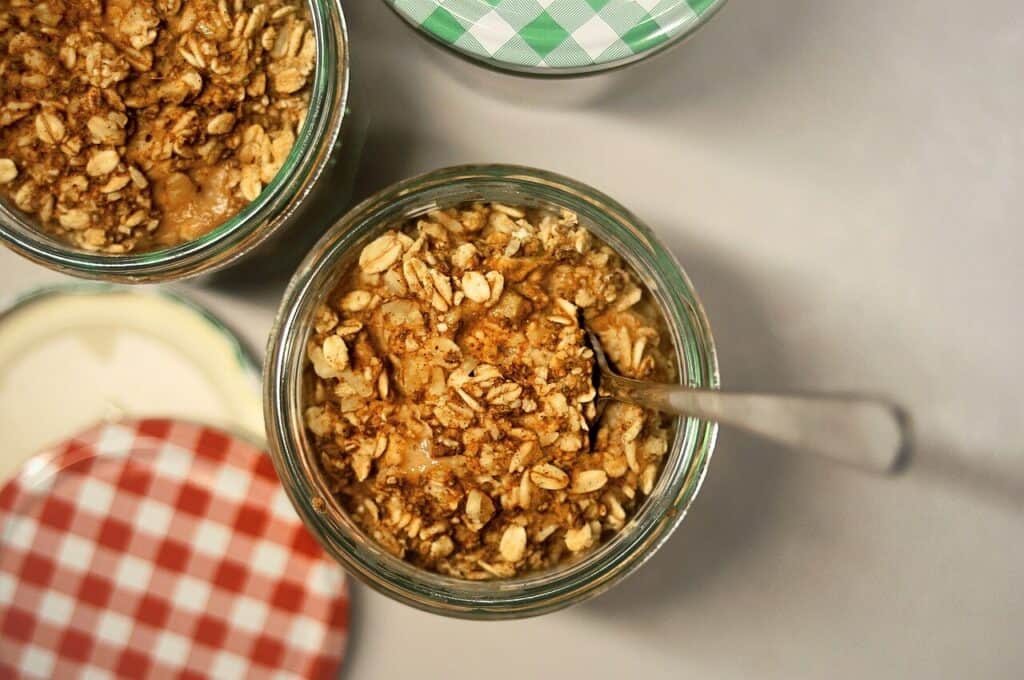
Overnight Oats and FODMAPs
Overnight oats are not only a quick and easy make-ahead breakfast option for busy mornings, they’re also low FODMAP! Rolled oats tend to work best for making overnight oats, since they soften more readily when soaked in a liquid overnight. Be sure to stick to the low FODMAP portion size of ½ a cup of dry rolled oats at a time and avoid high FODMAP flavorings like honey and high FODMAP fruits. Simply add ½ a cup of rolled oats to a glass jar or airtight container, along with your liquid of choice, such as almond milk, lactose-free cow’s milk, or water. Then add any additional low FODMAP ingredients of your choosing for flavor and extra nutrition, like peanut butter, cinnamon, pure maple syrup, lactose-free plain Greek yogurt, chia seeds, or your favorite low FODMAP fruit. Here are some low FODMAP oat brands that work well for making overnight oats:
Woodstock Organic Traditional Rolled Oat
Trader Joe’s Rolled Oats
Quaker Rolled Overnight Oats
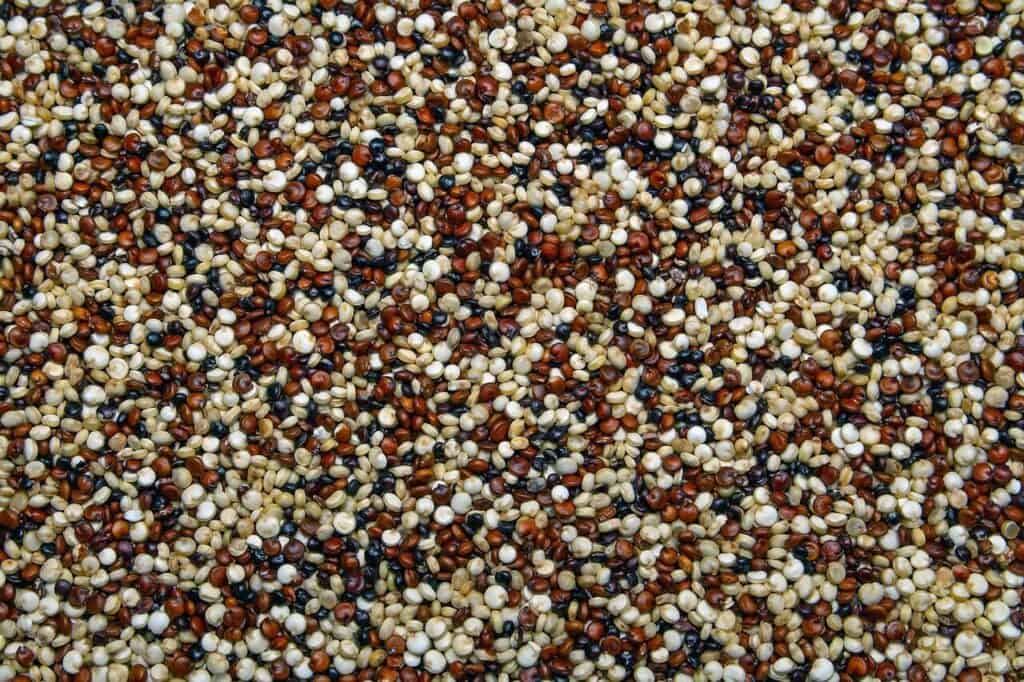
Quinoa and FODMAPs
Quinoa is both a fiber-rich carbohydrate and a plant-based protein source. It comes in a few colors, including white, red, and black. All colors of quinoa are low FODMAP and have been tested in portion sizes of up to one cup cooked. Some low FODMAP options to try include:
TruRoots Organic Red Quinoa
Ancient Harvest Traditional Quinoa
Nature’s Promise Organic Tri-Color Quinoa
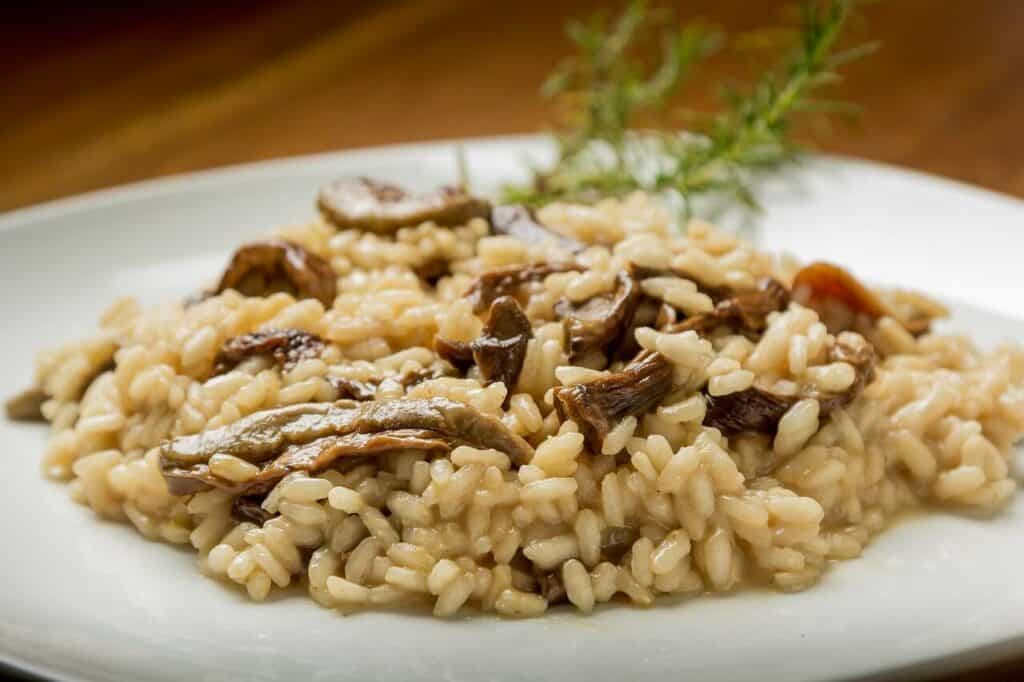
Rice and FODMAPs
All rice varieties are low FODMAP, including white rice, brown rice, basmati rice, red rice, arborio rice, and rice flakes. If you’re short on time, you can also purchase pre-cooked rice for easy preparation. Here are some low FODMAP rice brands to check out:
Birds Eye Long Grain White Rice (frozen)
Lundberg California Grown Brown Basmati Rice
365 Whole Foods Market Ready-to-Heat Long Grain Brown & Wild Rice
Nature’s Earthly Choice All Natural Black Rice
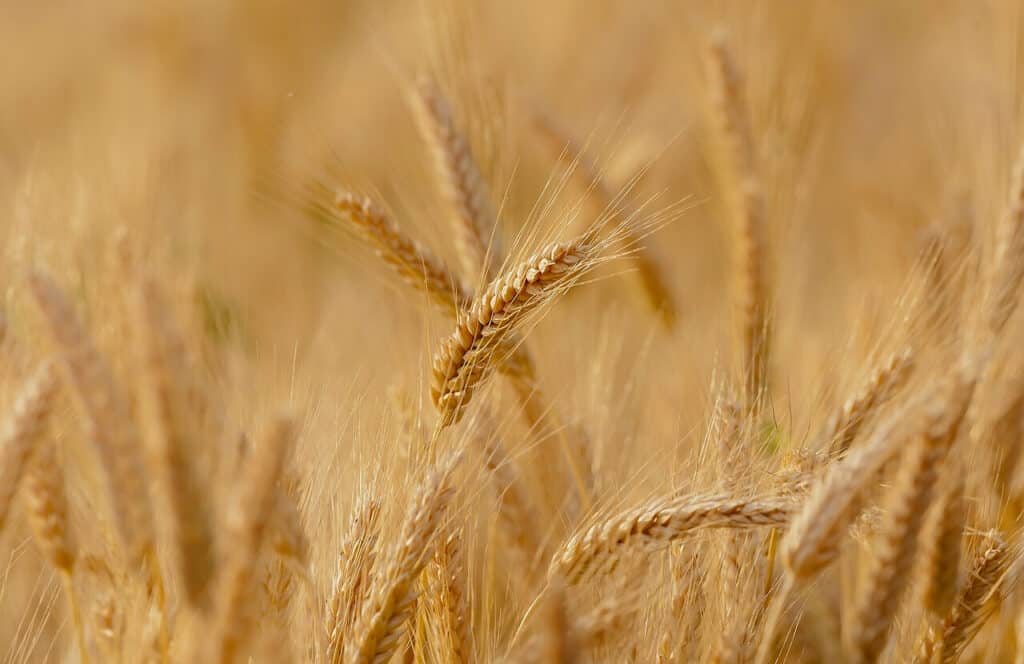
Wheat and FODMAPs
Unfortunately, wheat is a high FODMAP grain, therefore the grain itself and most wheat products are avoided on the low FODMAP diet. This is because wheat is high in a type of FODMAP called fructans. That said, there is an exception to this principle, and that is slow leavened sourdough bread made from wheat flour. This type of bread is considered low FODMAP because fructans are eliminated during the slow fermentation process. Check your local bakery or farmer’s market for sourdough wheat breads – they are often made the old fashioned way, using a sourdough starter, which is how you’ll know they’re low FODMAP. Just be sure to check for other high FODMAP ingredients, like honey, garlic, and onion. Check out Fig’s guide to finding low FODMAP bread.
Summary
Hopefully this post gives you a better idea of the types of grains you can eat on a low FODMAP diet along with some products to look out for at the grocery store. To save time and clear up confusion while grocery shopping, remember to use your Fig Ingredient Scanner to help you easily identify additional products that are suitable for your specific dietary needs.
Photo by Disiana Caballero on Unsplash
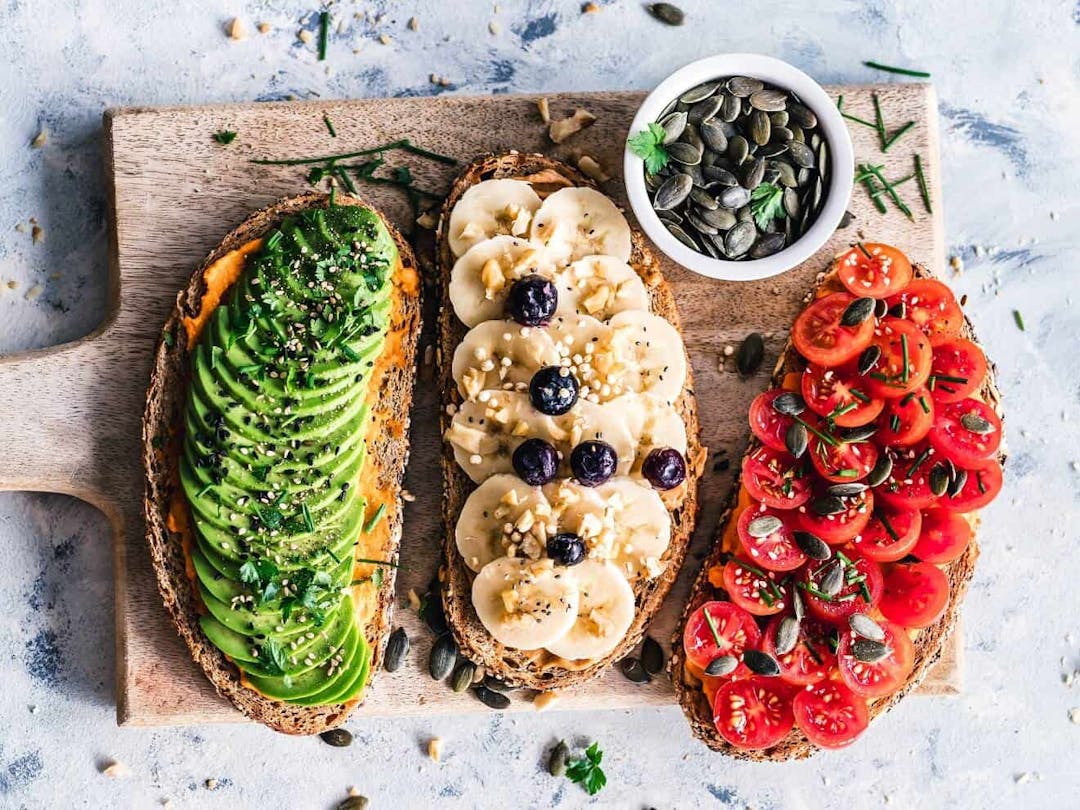 How to start a vegan diet
How to start a vegan diet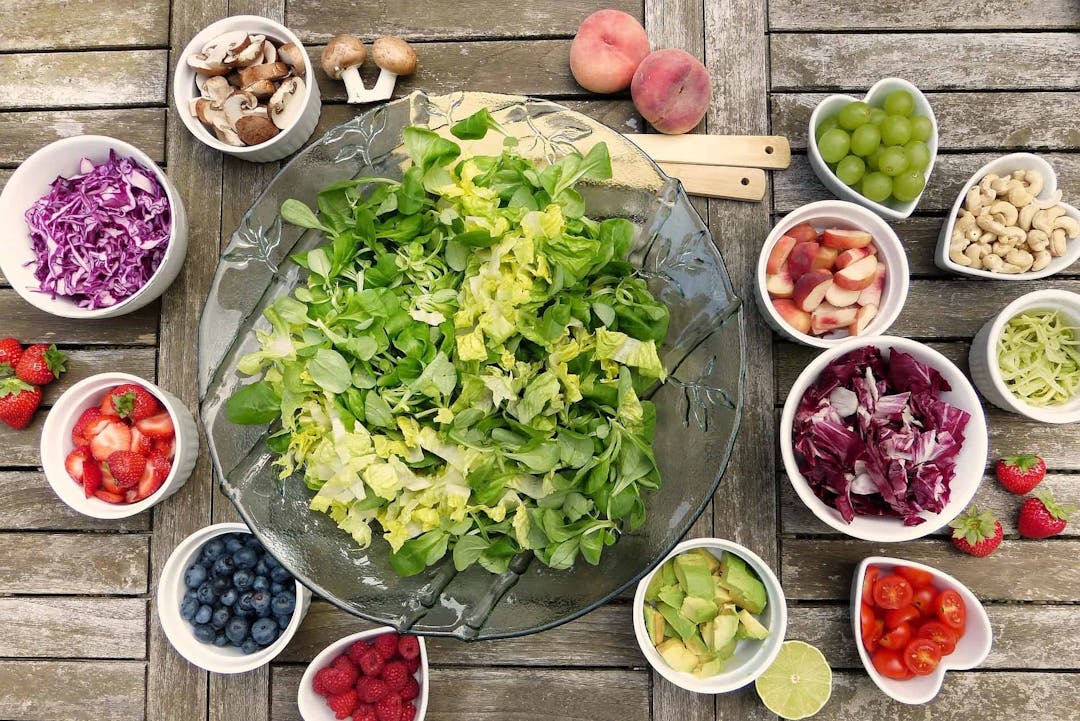 Introduction to a Low Iodine Diet
Introduction to a Low Iodine Diet